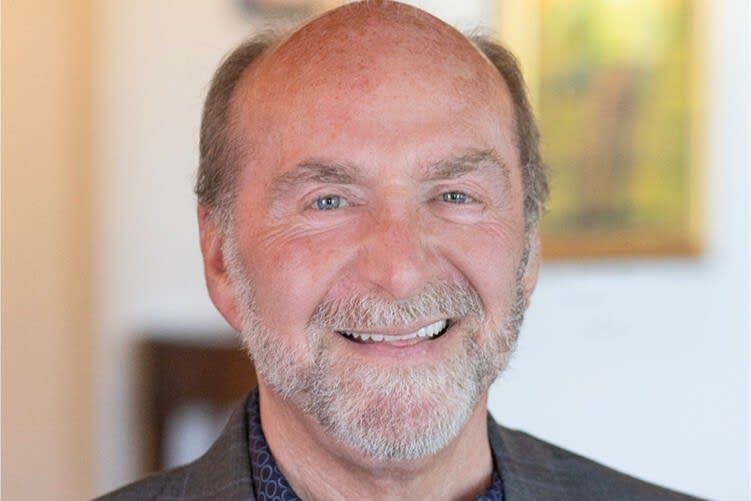What's Going on with the Bobby Jones Golf Complex?

Image: Shutterstock
On a weekday afternoon in mid-June, the air of neglect hangs over the Bobby Jones Golf Complex like the sagging branches of a willow tree. Three cars dot a parking strip that spans the length of a football field. The golf cart attendant sits idly by his stand. I walk into the clubhouse, which was built during the first term of the Nixon administration and has the 1970s-style wood paneling from your uncle’s den to prove it.
“Think you can squeeze me in today?” I ask the fellow behind the register.
“Not a problem,” he replies, looking out over the nearly deserted course. “You’ll almost have the place to yourself.”
The whole scene is hard to fathom. For decades, Bobby Jones has been, like Siesta Key Beach, Selby Gardens or the Ringling Museum, a place that defines Sarasota. The 45-hole facility includes two 18-hole courses, as well as a Par 3 “executive” course, spanning 300 acres and encompassing nearly half the city’s public green space. Players who have battled its challenging contours, part of which were designed nearly a century ago by legendary golf architect Donald Ross, include Babe Ruth, Gene Sarazen, Babe Didrikson Zaharias and former top pro Paul Azinger, who honed his game at Bobby Jones as a teen-ager and still holds the course record of 62.
Yet its true spirit is embodied in innumerable duffers, kids, seniors and minorities who could never afford to tee up at a private club, yet still had access to a championship course in the heart of the city at rates that even in the height of season are roughly half the average for courses in Sarasota County: $49 compared to $82.56. Scores of courses are open to the public in Southwest Florida, but Bobby Jones is the only municipal course from Sarasota south to Fort Myers.
“In its heyday, people from all over the world came to Sarasota to play Bobby Jones,” says Al Woodle, a Sarasota native and retired city police captain who has been playing golf here for more than 40 years. “But now it’s basically unplayable. I can’t recommend it to anyone.”
Since critical maintenance has been put off for decades, everything from tee boxes to bunker sand to the irrigation system is in failing condition. Drainage is so poor that the course is forced to close for days after heavy rains. Strapped for cash during the Great Recession, the city raided Bobby Jones’ reserve funds, which had nearly $2 million.
It should be obvious. If you let a golf course fall apart, people will stop coming. In 1993, 164,000 rounds of golf were played at Bobby Jones. Last year, despite Sarasota’s growth, only 79,000 rounds were played at the three courses.
After more than paying for itself for most of its history, Bobby Jones is likely to need $625,000 from the city to cover its operating costs this year. And that does not take into account the capital improvements, which an architect hired by the city has pegged at between $16 million and $22 million.
This fork in the road for Bobby Jones comes at a time when land values are soaring, as are calls for more affordable housing, trails and parks. All of which would seem to make a vast golf complex in the heart of the city vulnerable to being sold off or converted to other use.
Yet public sentiment has been strong for preserving Bobby Jones as a golf center, says Vice Mayor Jen Ahearn-Koch. “Bobby Jones is such a big part of our heritage,” she says. “Young people, seniors, snowbirds, tourists, it’s there for everyone. It doesn’t need to be a cash cow, it just needs to pay its own way. If we make the necessary improvements, it can do so again.”
One of the biggest things Bobby Jones has going for it has nothing to do with sand bunkers or tee boxes. It’s the city’s comprehensive plan, which calls for 100 acres of public green space for every thousand residents. The city’s population is swelling toward 60,000 and Sarasota has about 600 acres of green space, of which Bobby Jones constitutes half. That means selling the golf course for development, even for affordable housing, would put Sarasota at odds with its own mandate. In addition, under the golf course are four aquifers, part of the city’s reserve water system.
Course manager Sue Martin says the low end of the capital improvement plan—$16 million—is enough to revive Bobby Jones. It includes a new training center and clubhouse, both of which would boost revenue. She’s confident that with those changes and course improvements Bobby Jones could get back to 125,000 rounds a year.
In addition, Bobby Jones is home to such a vast variety of birds and land animals, Koch-Ahearn says a birding trail could be part of the renovations if it does not infringe on the golf courses.
Bobby Jones opened in 1926 and, a year later, its namesake, then the world’s most famous golfer (who was in Sarasota selling real estate), dedicated it. Because Bobby Jones was an amateur, he could not accept payment, so the city gave him a Pierce-Arrow automobile.
It will cost far more than that to restore Bobby Jones to its former luster. The City Commission is expected to vote late this summer on whether to fund the improvements.



